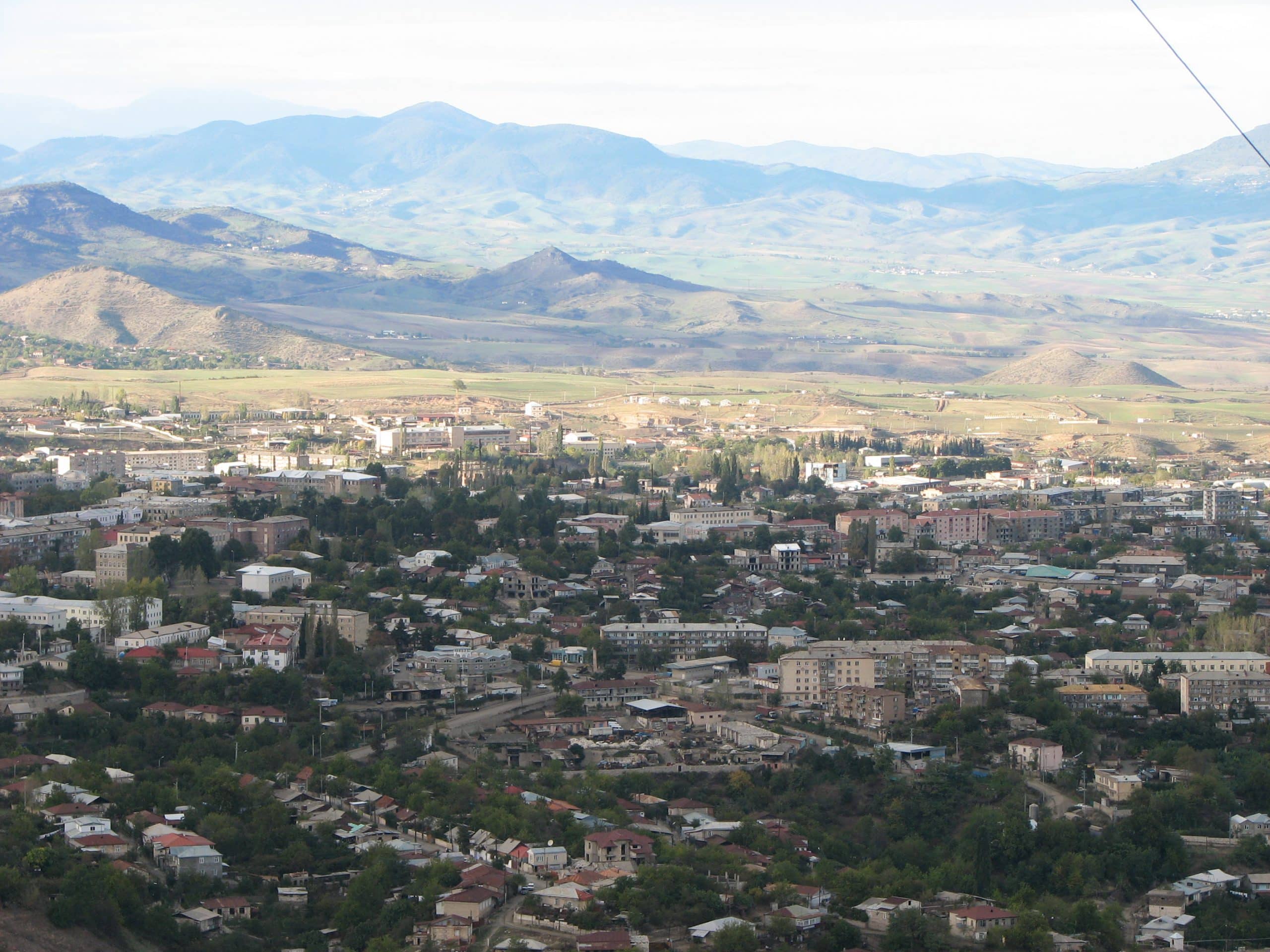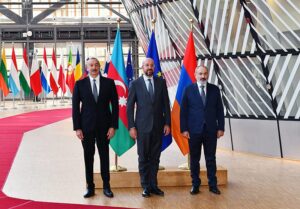Starting Sunday, September 27th, Armenia and Azerbaijan have clashed heavily in the Nagorno-Karabakh region. Armenia has reported 104 military deaths and 23 civilian deaths, whereas Azerbaijan claims that it has killed 2300 Karabakh troops. Armenia also claimed that Azerbaijan lost 130 troops. Both countries declared martial law and accused one another of firing directly into each other’s territory. Tensions between the two sides have been building over the summer, with clashes reported in July. Although there are periodic flare-ups of violence between the two countries, this week being the largest one since 2016, Armenian and Azerbaijani officials have described this as war. In addition, violence has spread beyond the borders of Nagorno-Karabakh.
A historic conflict
Nagorno-Karabakh is a region inside Azerbaijan, but ethnic Armenians make up the vast majority of the population. Internationally, the region is recognized as part of Azerbaijan, however, the Armenians in Nagorno-Karabakh reject Azerbaijani rule and run their own affairs. The region was placed into Azerbaijan after the Caucasus was conquered by the Soviet Union in the early 20th century, but it was not a big source of conflict until the USSR collapsed in the late 1980s. Nationalists on both sides claimed the territory and the ethnic Armenians inside the region declared independence in 1991. War erupted between Azerbaijan and the Armenians inside Nagorno-Karabakh, who received support from Armenia. Eventually, the Azerbaijani army was pushed out and a cease-fire mediated by Russia was signed. Since then, both countries have militarized extensively and continued aggressive rhetoric towards each other. The last big clashes were during a 4-day war in 2016 when around 200 people died. This ended with another ceasefire. Recently, tensions have been rising due to a series of clashes in July this year. At least 17 soldiers from both sides during the short flare-up.
There is public pressure in both countries to continue with the fight, which makes it harder to resolve the conflict. It is unclear what led to the start of the new clashes this weekend, as Armenia claims that Azerbaijan launched air and artillery attacks on Nagorno-Karabakh, whilst Azerbaijan says that it was conducting a “counter-offensive” to earlier provocations. Both sides have said they have both military and civilians casualties, but it remains unclear how many have been killed. Nagorno-Karabakh has reported a loss of 84 soldiers.
The international perspective
The conflict is internationally important because it draws in larger powers, along with the fact that there are major gas pipelines running through the area. However, the reaction from the international community has been quite weak, with the EU foreign policy chief urging a ceasefire, along with the US and the UN. In the past, the so-called Minsk group of the Organization for Security and Cooperation in Europe, chaired by France, Russia and the US, has tried to mediate a peace deal with no success. The Minsk group has issued a statement denouncing the violence, but has yet to take more action. Currently, the Trump administration in the US has not been very keen to get involved in the region again, being the last to issue a statement denouncing the violence. The EU has also been restrained on the conflict, with only France being directly involved in mediating in past years. Russia has been the most active mediator, but also has its own intentions in each of the countries involved, as it is the largest supplier of weapons to both Azerbaijan and Armenia.
Turkey’s involvement
So far, Turkey has been the most active in this flare-up. Supporting Azerbaijan, Turkey has become the first major power to chose a side, despite also being a member of the Minsk Group. Although Turkey has always given some support to Azerbaijan, in the past the country has tried to restrain Azerbaijan from war. Now, Turkey supports the Azerbaijanis in their conflict. With Turkey having shifted, the US being notably absent and increasing aggression from both sides, it is unsure where the conflict is headed. Both Armenia and Azerbaijan are unwilling to enter peace negotiations, accusing each other of obstructing the process. For now, another ceasefire is not impossible, but violence could also escalate into a full-blown war before that is reached.
Sources: Reuters 1, Reuters 2, RFERL 1, RFERL 2, Aljazeera 1, Aljazeera 2, Carnegie, Politico
Image: Flickr



